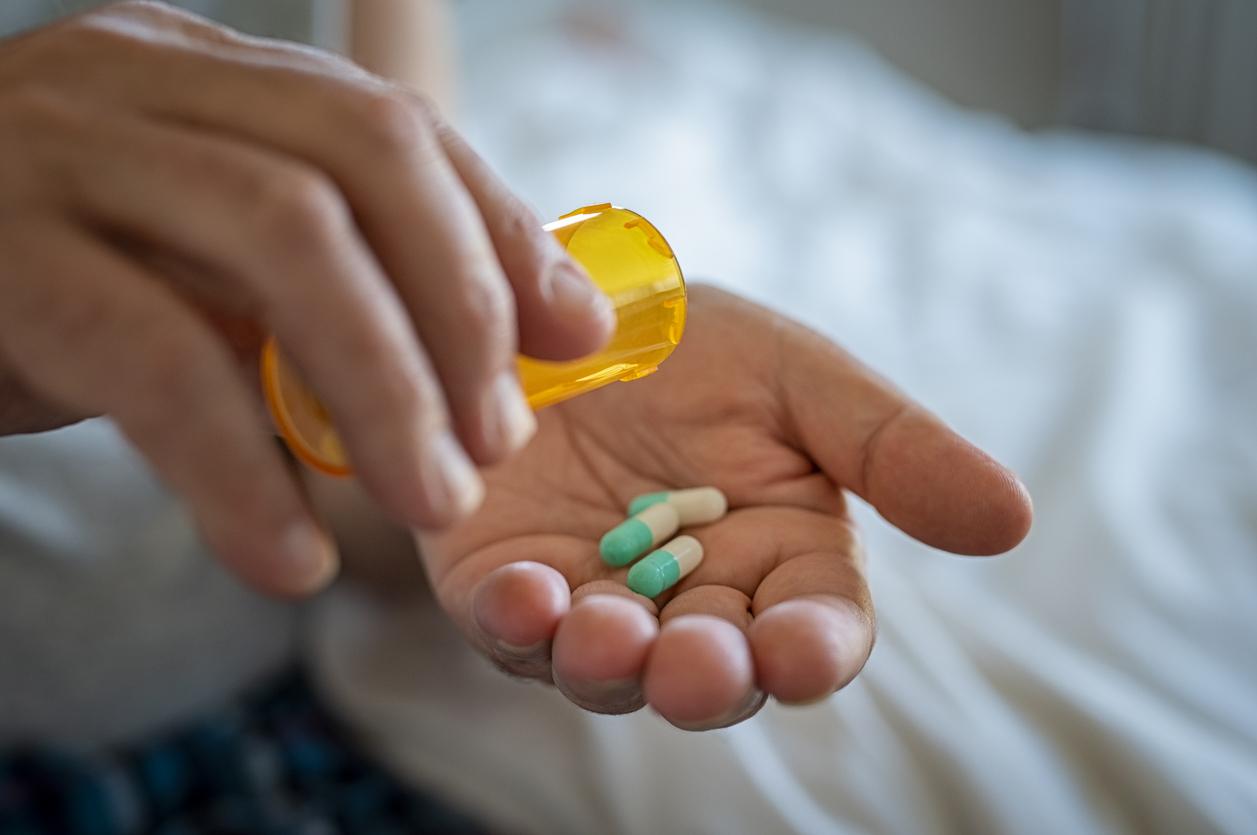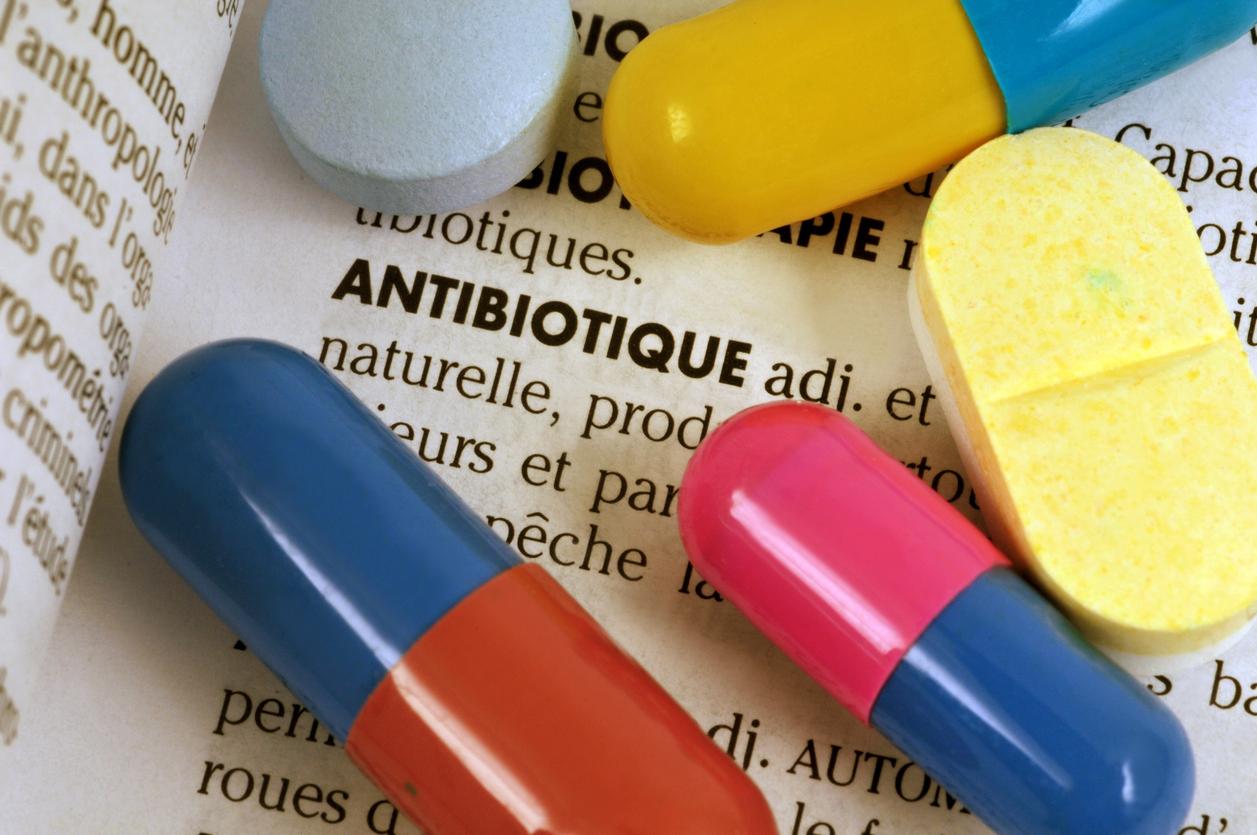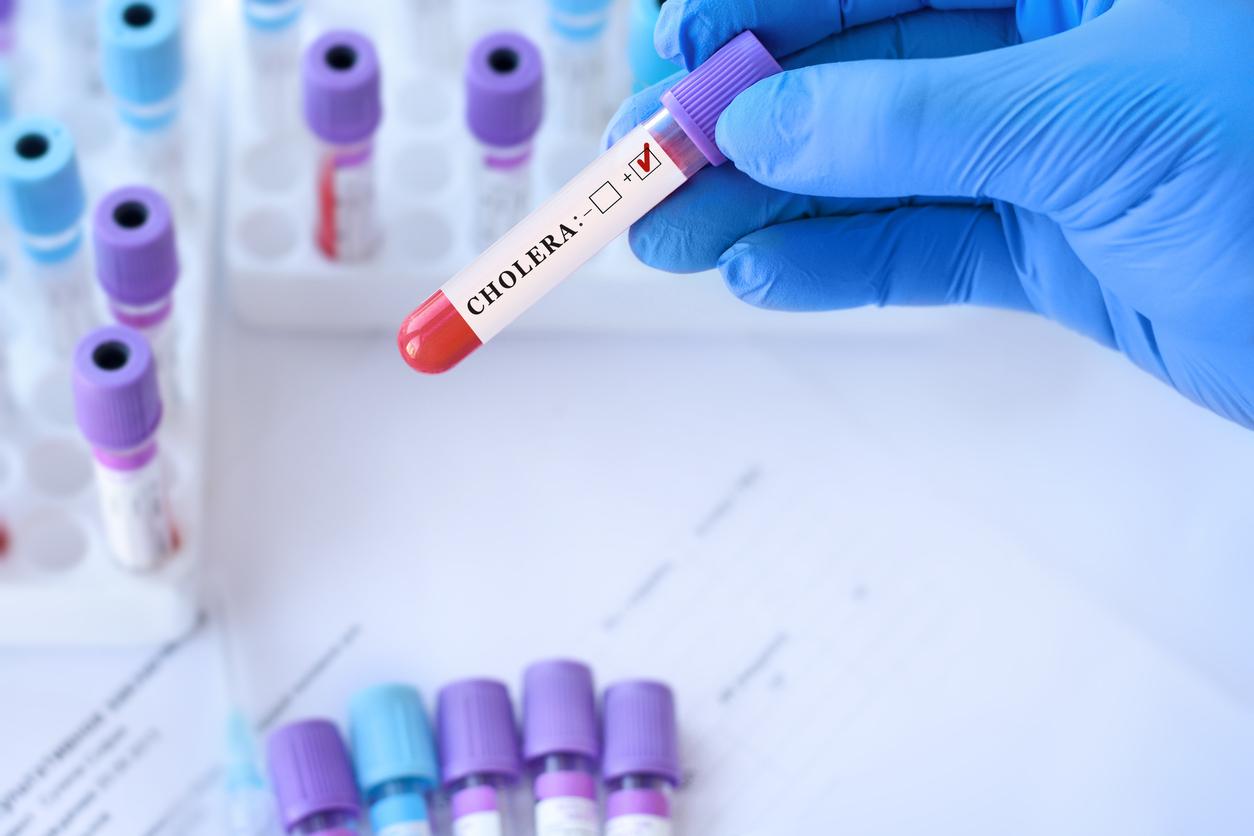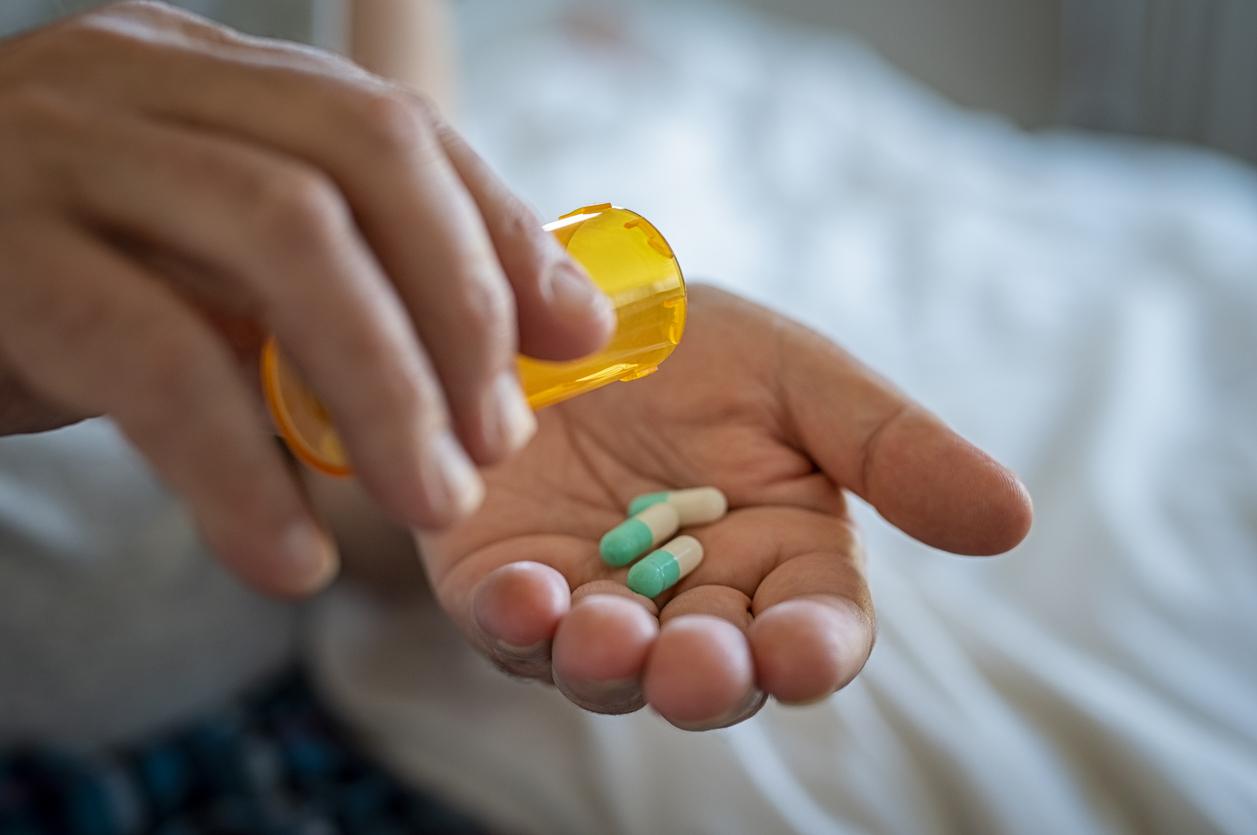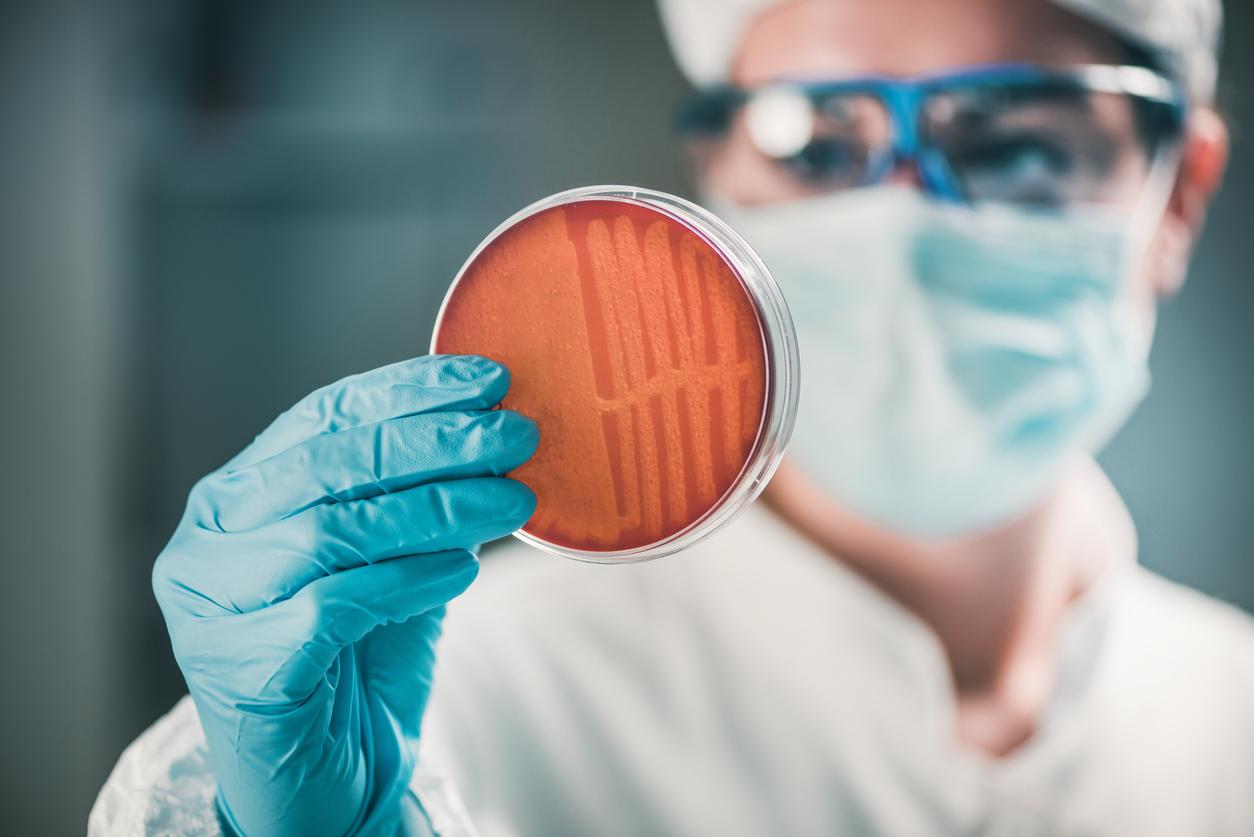Researchers have discovered a new antifungal antibiotic, contained in the infected potato. Plant-derived bacteria could help fight antibiotic resistance.

- In Europe, bacteria resistant to antibiotics caused 33,000 deaths in 2015.
- The scientific community is eagerly looking for new antibiotics to fight against antibiotic resistance.
- The study results suggest that salinomycin could be useful in both agricultural and clinical settings.
What if potatoes were the solution to overcoming bacterial resistance to antibiotics, also known as antibiotic resistance? According to one new studypublished in the journal mBiopotatoes, when infected, are said to contain a natural antibiotic that destroys deadly bacteria.
The compound, called salinomycin, works against a wide range of fungi known to infect and wreak havoc on agricultural crops. In experiments, salinomycin was able to eliminate Candida albicans, a mycotic organism living in its natural state on our mucous membranes, our skin, or even in our intestine. During an immune or hormonal imbalance, this organism of the mushroom family proliferates and becomes pathogenic by releasing toxins: we then speak of “candidiasis”, fungal infections that are usually benign but which can be serious for immunocompromised subjects.
Antibiotic: what is salinomycin?
Salinomycin is produced by a pathogenic bacteria called dickeya solani, which causes “black leg” in potatoes. This bacterial disease, also called “soft rot”, causes the tuber to rot, destroying many crops and crops.
That same salinomycin could be a game-changer in the war against antibiotic resistance, one of the biggest threats to public health in the future. By 2050, antibiotic-resistant infections like MRSA (methicillin-resistant Staphylococcus aureus) or Clostridium difficile could kill 10 million people every year, according to estimates. The results suggest that salinomycin and related compounds could be useful in both agricultural and clinical settings.
Salinomycin is not the first antibiotic discovered from bacteria. Previous studies have found that dickeya solani produced an antibiotic called oocydin A, which is highly active against several fungal plant pathogens. Through these earlier findings, along with analysis of the bacteria’s genome, the researchers hypothesized that the bacteria could synthesize additional antibiotics, also antifungals.
New antibiotics could be made thanks to this discovery
A hypothesis that hit home: when the genes responsible for the production of oocydin A were silenced, the bacterium continued to show antifungal activity. This observation led to the identification of salinomycin. The researchers found that the bacterium uses the compound sparingly, producing it in response to cell density, as a kind of clever protective mechanism. An acidic pH environment – like that found in a potato – also activates the salinomycin gene cluster.
Researchers began collaborating with chemists to learn more about the molecular structure of salinomycin and better understand how it works. Scientists should then test it on plant and animal models. The study authors hope that plant pathogens such as dickeya solani could make it possible to manufacture new natural antibiotics that fight against infectious diseases of plants and humans.
The scientific community is eagerly looking for new antibiotics to fight against antibiotic resistance. In fact, most of the discoveries of antibiotics date back to the 1950s and 1960s and the last one to arrive in the hands of doctors dates back to 1987. The list of bacteria that have become very resistant to the various existing treatments has been growing ever since. Few new drugs are in the works and many are worried about the “post-antibiotic” era we are heading towards. Many common infections could become incurable and make many essential healthcare practices in modern medicine, such as surgery, chemotherapy and organ transplants, impossible.










